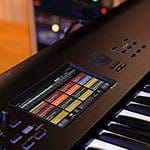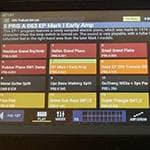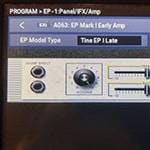■ Proposal for a Documentary on Hiromi Uehara, from Hamamatsu, Shizuoka Prefecture. But...
Following our previous feature on Toshiko Akiyoshi, a magnificent musician inducted into the American Hall of Fame, this time I'll recount my experience trying to cover Hiromi Uehara, a phenomenal musician and Grammy Award winner from Shizuoka Prefecture.
Hiromi Uehara, born in Hamamatsu in 1979, is a source of pride for Shizuoka Prefecture. A graduate of Berklee College of Music, she has released numerous acclaimed albums.
Her debut album, 'Another Mind,' was a global hit. CD shops were overflowing with her releases.
As a native of Hamamatsu, Shizuoka Prefecture, I aimed to produce a documentary about a local musician who had achieved global success. I drafted a proposal and presented it to Yamaha through internal channels. The working title was 'Wind from the Far East.' At the time, Ms. Uehara's national recognition was solid. Unfortunately, the local station's proposal wasn't given serious consideration and was shelved.
Subsequently, a program about Ms. Uehara aired on a certain national public broadcasting network. I believe there were over 20 cameras capturing her live performance. I was overwhelmed by the sheer scale of the national broadcaster's logistical operation. It was a level of production that made you think, 'They really did that!?'
When there was an earthquake on Okushiri Island, I went there to report. Our news network had only a few cameras, while a certain national public broadcasting station had over 150! The difference in financial resources was staggering. Seeing the live footage of Ms. Uehara brought back memories of Okushiri Island. We, as a local station, simply couldn't compete on that level.
My proposal, while including live footage, focused on capturing Ms. Uehara's personality and character through a documentary format. Perhaps this difference in approach was where the mismatch lay.
■ Chance to Interview Hiromi Uehara Arrives!
I don't recall how much time had passed, but Ms. Uehara was scheduled to perform a live concert in Shizuoka City, and our broadcasting station was either the organizer or a co-sponsor. This was my chance. I requested an interview, and it was approved. It was to be a 7-8 minute report by our cameraman.
For the opening shot, we used a continuous take of Ms. Uehara exiting her car and entering the elevator. This was to emphasize the real-time feel and the tension just before the performance.
Contrary to her dynamic performances, Ms. Uehara was incredibly meticulous.
While the camera was rolling, I noticed her carefully adjusting the position of the piano. She was searching for the precise placement, making adjustments within mere centimeters.
'Are you concerned about the piano's position?' I asked.
'Unity is important,' she replied.
I was puzzled.
When I inquired further, she explained that when playing with a trio in a live setting, it's crucial to have a sense of unity, including the positioning of the instruments. The piano's placement, she emphasized, was a key factor in achieving this.
I gathered that the relative positions of the piano, drums, and bass in relation to the overall stage volume likely had a significant impact on the performance.
■ An Impressive Phrase from the Interview
I learned about the stance of a musician from a statement Hiromi-san made.
Me: 'Please tell me what you pay attention to when you perform.'
Uehara: 'What I always say to the members is, "Take a risk!"'
'What I'm always mindful of during a performance is this: "Take a risk."'
Me: 'What do you mean by that?'
Uehara: 'Jazz is improvised music. If you perform with the same feeling every time, it becomes a boring solo. That's why I always tell the members, including myself, to approach performances with a willingness to take risks. Good music is born from that mindset...'
I learned that Hiromi Uehara's music is born from this feeling. It is a very instructive lesson for those of us who make music.
■ Recommended Album: Hiromi Uehara, "Another Mind" (2003)
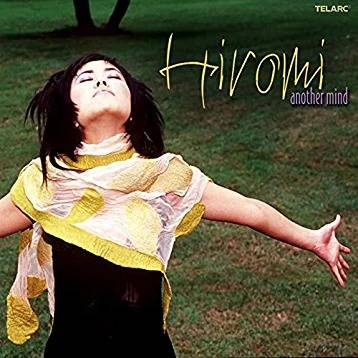
This is Hiromi Uehara's memorable debut album, marking her entry onto the world stage. It's a culmination of Uehara's jazz mind, expressed in a trio format that allows her to showcase her identity as a pianist. While firmly rooted in jazz, it doesn't adhere strictly to 4-beat jazz, and presents elements from a variety of musical genres. Ahmad Jamal, a pianist admired by Miles Davis, is also credited as a co-producer.
Recommended Track: "XYZ"
The album's opening track departs from traditional 4-beat jazz. Hiromi Uehara cites Frank Zappa as an influence, and this piece evokes Emerson, Lake & Palmer's renowned "Tarkus." The sharply defined, attacking theme phrases are a showcase of Uehara's pianistic virtuosity. The track features complex time signatures, a bass solo, and a delightful piano solo. The rapidly shifting musical developments are reminiscent of Frank Zappa's style.
A few years after interviewing Ms. Uehara, she appeared as a guest on our station's evening program. At that time, I was amazed to see her fingers. The muscle on the underside of her pinky was bulging. I was able to touch it and it was truly remarkable. I understood the secret to the powerful articulation she brings to every note.
■ Recommended Album: Hiromi Uehara, "Spiral" (2006)
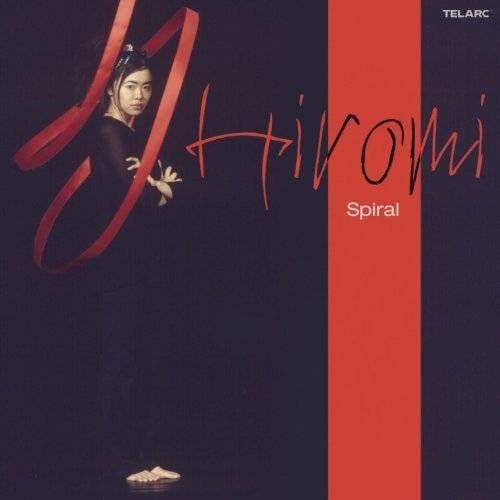
This is the album released around the time I interviewed Ms. Uehara in Shizuoka. The title track features progressions reminiscent of progressive rock. One is captivated by the beautiful, classical melodies, distinct from bebop jazz.
Recommended Track: "Spiral"
The title track features a progression reminiscent of progressive rock. One is captivated by its classical and beautiful melodies. When I heard this suite-like piece, I was amazed to discover this side of Hiromi Uehara's musical world.
Recommended Track: 'Kung-Fu World Champion Strikes Back'/h3>
Uehara places a red Nord Lead digital synthesizer on her piano. The image of her, carrying this synthesizer on her small frame in the TV program 'Jounetsu Tairiku,' is etched in my memory.
This track is primarily constructed with the Nord synthesizer, featuring impressive complex riffs using paradiddle techniques. The influence of Frank Zappa is palpable in this fun and exciting piece.
The red Nord synthesizer digitally replicates analog synthesizer sounds and became a worldwide hit as an analog modeling synth.
In this song, Nord's analog modeling synthesis captures the most desirable sounds of a classic analog synthesizer.
■Featured Musician, Albums, Recommended Tracks, and Equipment
- Artist: Hiromi Uehara
- Albums: "Another Mind," "Spiral"
- Tracks: "XYZ," "Spiral," "Kung-Fu World Champion Strikes Back"
- Equipment: Acoustic Piano, Nord Lead Synthesize
The “sound & person” column is made up of contributions from you.
For details about contributing, click here.






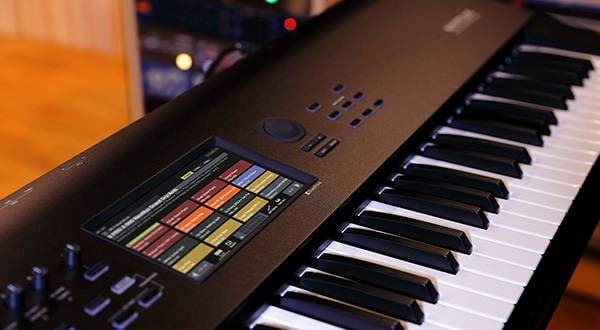
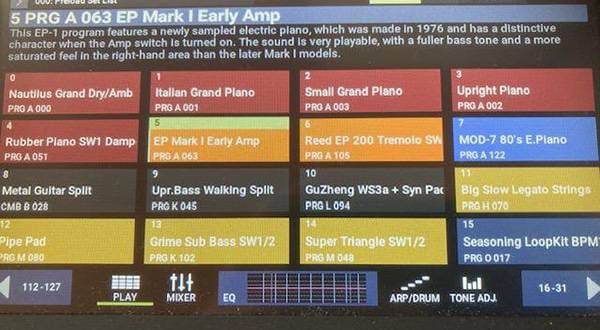

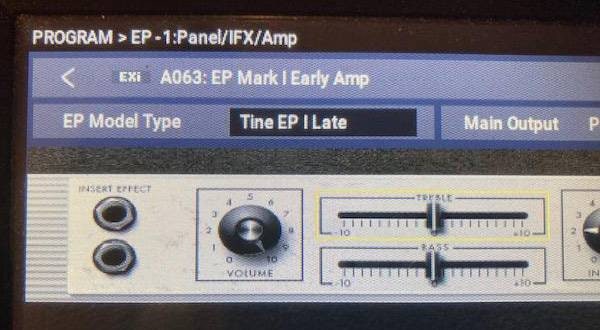

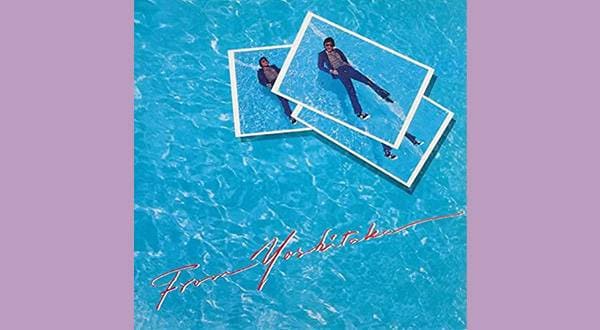


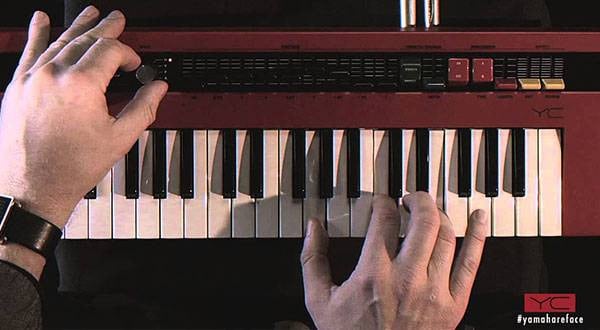
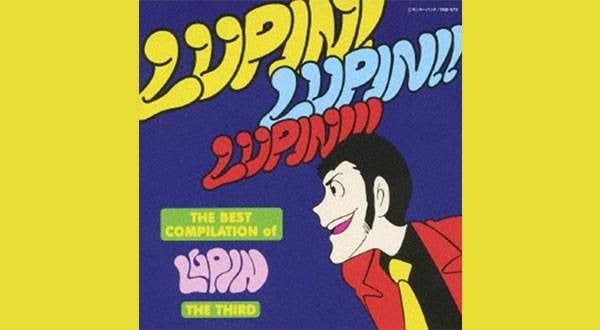
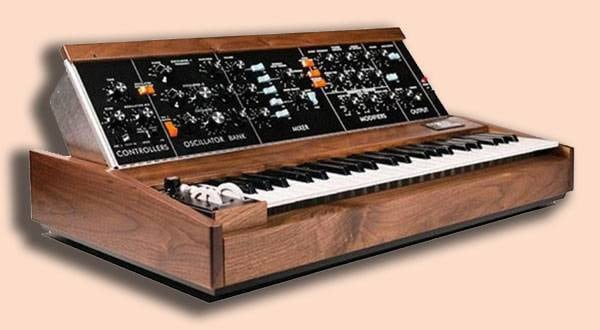
 YAMAHA YC61 特集
YAMAHA YC61 特集
 LP パーカッション
LP パーカッション
 超オススメのフレーズ道場 キーボード
超オススメのフレーズ道場 キーボード
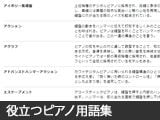 自分にあったピアノを選ぼう!役立つピアノ用語集
自分にあったピアノを選ぼう!役立つピアノ用語集
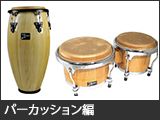 パーカッション編
パーカッション編
 キーボードスタートガイド
キーボードスタートガイド
